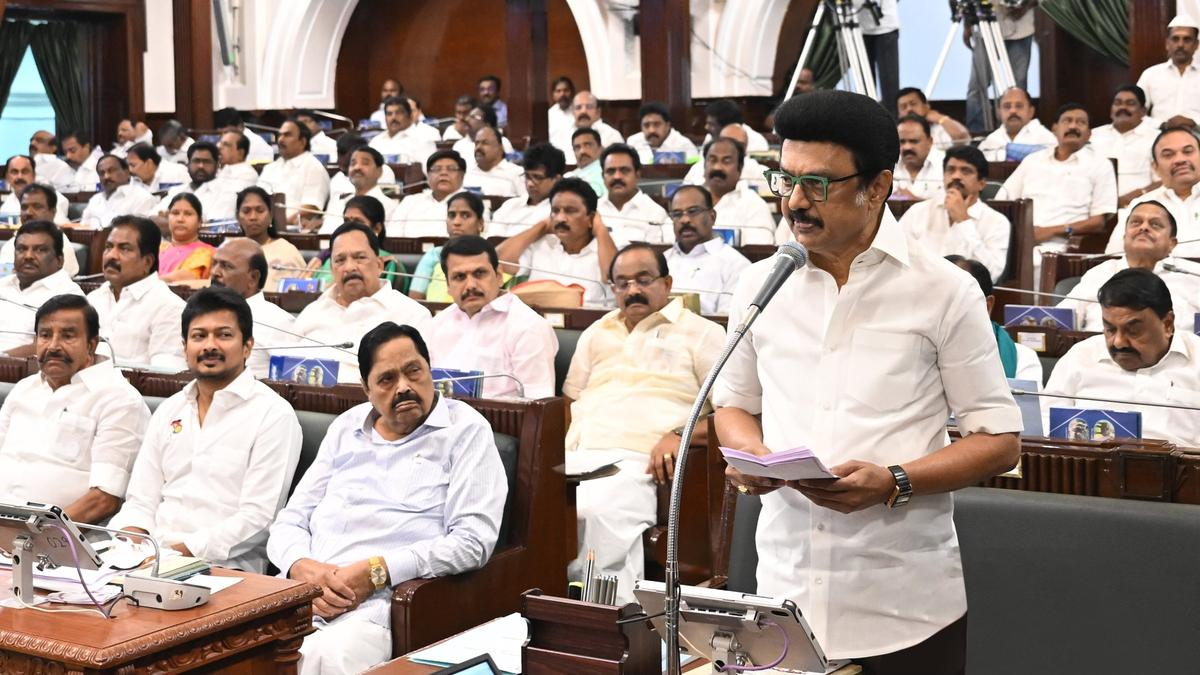




Copyright infringement not intended
Picture Courtesy: https://indianexpress.com/article/business/india-limited-success-china-plus-one-opportunity-niti-aayog-9706290/
A new NITI Aayog report highlighted that India has had "limited success so far" in utilizing the 'China Plus One' strategy.
According to the NITI Aayog report, 'Trade Watch,' India has had "limited success so far" in capturing the 'China Plus One' strategy, which multinational companies are using to de-risk their supply chains and reduce dependence on China. This strategy includes diversifying supply chains by shifting production to other countries.
A new trade war between the United States and China is significant for India because it has benefited from the geopolitical tensions between the two countries. India is viewed as a neutral country that can serve as an alternative for companies looking to diversify away from China.
The US trade policies under President-elect Donald Trump may result in an economic boom for India. The report noted that trade diversion resulting from US policies could benefit, if India can capitalize these disruptions.
The China Plus One strategy is a business approach developed to address the risks of global dependency on China. It encourages companies to diversify their supply chains and manufacturing activities away from China to reduce excessive dependence and mitigate potential risks.
Rising labor costs in China are reducing the country's manufacturing competitiveness. As labor costs rise, businesses lose their economies of scale, forcing them to look for more cost-effective locations to establish manufacturing operations.
Trade restrictions, bans, and tariff changes due to the United States-China trade war, have made businesses careful about depending on China, prompting them to seek alternative manufacturing locations.
Disruptions caused by the COVID-19 pandemic highlighted the risks of depending on a single country for manufacturing, which prompted companies to implement the China Plus One strategy.
Reducing dependence on a single country allows businesses to mitigate risks such as geopolitical instability, natural disasters, unexpected policy changes, and trade conflicts. Companies that diversify their supply chains across multiple countries can ensure greater resilience and flexibility.
What are the limitations of the China Plus One strategy? |
|
Infrastructure gaps |
Many countries lack the reliable and advanced infrastructure that China has developed over the decades. It is difficult to replicate China's manufacturing and logistics efficiency in the absence of proper infrastructure. |
Shortage of skilled labor |
Companies in countries with lack of expertise in complex manufacturing processes may struggle to maintain the production quality and efficiency that they experienced in China. |
Regulatory Issues |
Each country has its own regulatory framework, tax systems, and laws. Navigating these different regulations can complicate operations, making it more difficult for businesses to manage multiple locations effectively. |
Initial costs |
The initial costs of establishing new production facilities require a significant capital investment. This can be a barrier for smaller businesses that do not have the financial resources to invest in expanding operations across multiple countries. |
The China Plus One strategy has a significant impact on India because it provides an excellent alternative for multinational corporations seeking to diversify their supply chains away from China.
India has emerged as a major supplier of electronic components, semiconductors, machinery, and raw materials, playing a critical role in supply chain management and international trade.
The relocation of manufacturing operations to India will create both direct and indirect job opportunities, mainly in labor-intensive industries such as textiles, apparel, electronics assembly, and automobile manufacturing.
It will increase FDI in India by making it an appealing location for multinational companies due to low labor costs, a large workforce, and a large consumer market.
The Indian government has implemented several reforms and incentives to attract businesses, including the Make in India, Production Linked Incentive (PLI) program to provide incentives to boost domestic manufacturing.
Tax reforms and lower corporate taxes have made India a more appealing destination for foreign investors.
Infrastructure challenges, including transportation, logistics, and power supply shortages can raise operational costs and disrupt supply chains.
Companies frequently experience delays in receiving permits, licenses, and approvals due to the involvement of multiple government agencies.
Indian labor laws are strict and differ from state to state, companies may face labor disputes, hiring and firing restrictions, and other labour-related complexities that limit operational flexibility and efficiency.
Acquiring land for industrial purposes can be a difficult process with legal and social challenges.
Despite having a large pool of educated workers, India has a skill mismatch in its workforce.
To fully benefit from the China Plus One strategy, India needs to address the challenges by revising its trade policy to promote integration into global value chains. Establishing preferential trade agreements, taking part in regional trade agreements, and reducing trade barriers must be the top priorities to attract in more foreign investment and strengthen manufacturing base in India
Must Read Articles:
INDIA HAS A SPECIAL CHINA PROBLEM ABOVE WORLD’S GENERAL CHINA PROBLEM
GLOBAL SUPPLY CHAINS AND SECURITY
Source:
|
PRACTICE QUESTION Q.Critically analyze how the geopolitical tension between the US and China created an opportunity for India to capitalize on the ‘China Plus One’ strategy. (150 words) |










© 2025 iasgyan. All right reserved